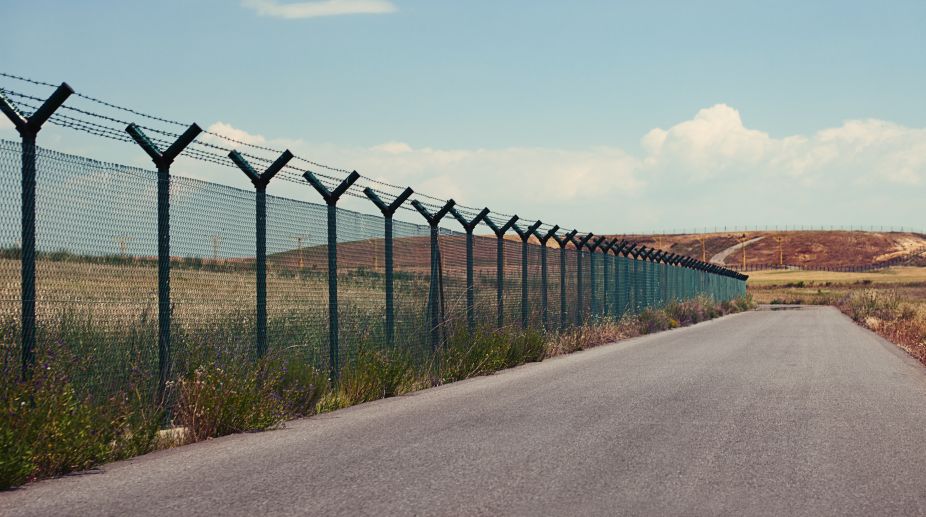South Korean court to hold hearing next week on whether to cancel Yoon’s detention
A South Korean court hearing to determine whether to cancel the detention of impeached President Yoon Suk Yeol will be held next week, sources said on Monday.

Representational Image
The number of North Koreans escaping to the South declined sharply in the first half of this year as Pyongyang strengthened controls on its border with China, officials said on Wednesday.
The DMZ dividing the Korean peninsula is one of the most heavily fortified places in the world, and almost all defectors to the South go to China first — where they still risk being repatriated if caught — and then on to a third country before travelling to the South.
Advertisement
In the six months to June, 593 Northerners entered South Korea, down 20.8 per cent from the same period in 2016, statistics compiled by Seoul's Unification Ministry showed.
Advertisement
As usual most — 85 per cent — were women. North Korean men who try to leave are likely to be rapidly identified as absent by their work units.
Pyongyang's “tightened grip on the population and strengthened border controls add to the risks for potential defectors to take the plunge”, a ministry official said.
The Seoul-financed Korea Institute for National Unification said in a report that since late 2015, the North has been bolstering border controls and installing high- tension electric fencing along the Tumen River that forms the border with China.
A total of 30,805 North Koreans have fled to the South, many of them leaving during the famine years of the 1990s.
Arrivals peaked in 2009, but numbers have fallen more recently, with leader Kim Jong-Un reportedly ordering crackdowns on defectors and tightened border controls after inheriting power from his father in 2011.
Advertisement